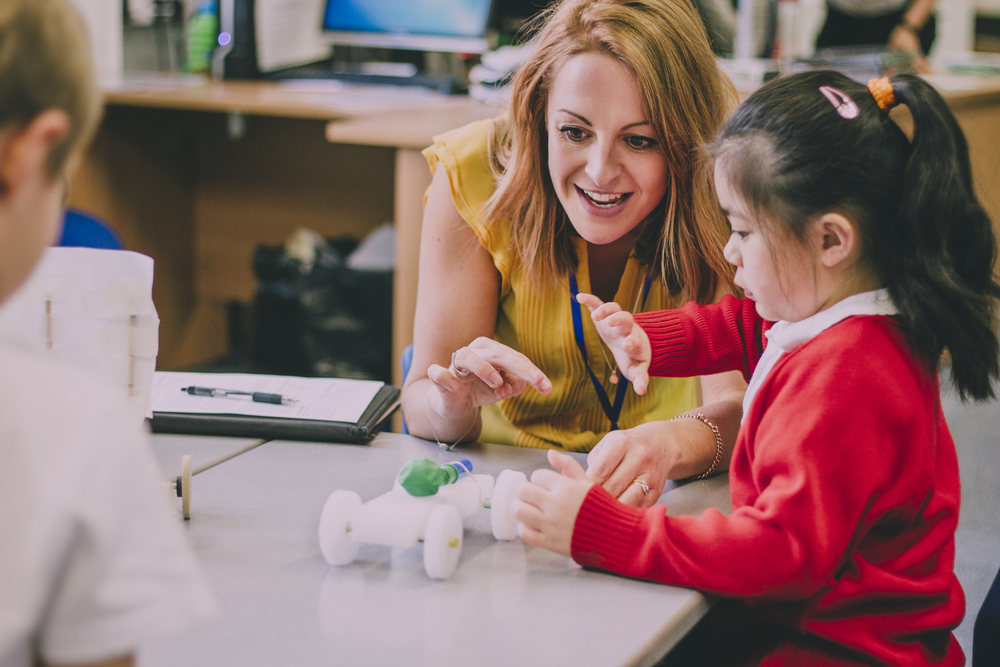Project-Based Learning in the Elementary Classroom
- September 6, 2022
- By Emily Walsh

Take a minute and think back to a time in education before everything was focused on assessments, rigorous standards, timelines, and following specific modules set by someone else. What happened to the days of thematic units in education? A time when all our core subjects could be tied together in a creative way to build a student’s knowledge on a topic that interests them, while at the same time hitting those all-important standards.
Is there a way we could do that in the classroom today? Some might say “No.” That there is no room for creativity in our fast-paced learning environments today, but I beg to differ. That’s where project-based learning comes into play! Project-based learning (PBL) is a way to put the students at the forefront of their own education. It focuses on real world problems or scenarios where students are able to explore topics related to their lives and the world around them.
Typically, PBL starts with a question that needs an answer or a problem that needs to be solved. Talk with your class and let them come up with some ideas! Allow students to brainstorm and take ownership of the project. Once you have your central theme or idea, it is the job of the teacher to pull it into all subject areas – this is where the creativity begins!
PBL can be done with any and all age groups. As a Kindergarten Teacher for 7 years, and a Technology Media Specialist for grades K-5 for over a year, I have experience incorporating PBL with many different students. It can look different at each level, but it is possible!
Need a jumping-off point? Follow these steps and try PBL with your class today!
1.Have a class meeting to discuss something that is happening in your school or local community. Allow the students to brainstorm and dream up solutions.
2. Create a central question or theme for your project – what is the end goal?
3. As the teacher, pull your current standards in ELA, math, and science to see where you could fit in the project. Can they use ELA independent reading time to research their topic? Can they use information technology standards to research using various platforms? Can you use science standards to “think like a scientist”, make observations, and take notes on their findings? Can you incorporate math to help you solve a problem, or poll the school and graph the data based on your proposed solution?
4. Allow the students to work collaboratively through the steps. This will not only benefit those oral speaking and listening skills, but it will build social skills, form a classroom community, and promote a feeling of being on the same team.
5. Give students freedom in how to present their knowledge of the project. They could make a verbal presentation (speech), a visual presentation (poster, brochure, binder), or a digital presentation (e-book, photo collage, PowerPoint, Sway). Giving the students more voice and choice in the way they present their findings will allow for more authentic engagement and interest in the topic.
Kids Discover is a great resource to tie into project-based learning. It provides many opportunities for students to gain knowledge and skills on researching topics, reading on-level text, and sparking curiosity on a variety of topics. As educators, we know that the more students are engaged and interested in what they are learning, the more knowledge they will retain!